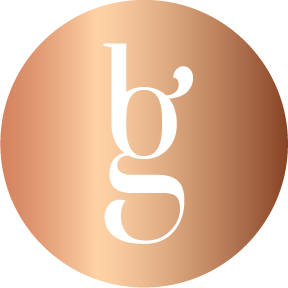1. Remembering
Q1: What is the definition of spot size in laser hair removal?
A1: Spot size refers to the diameter of the laser beam applied to the skin.Q2: What are the typical spot size ranges used in laser hair removal?
A2: Typical spot sizes range from 2 mm to 20 mm.Q3: How does spot size impact treatment time?
A3: A larger spot size covers a larger area, reducing treatment time.
2. Understanding
Q1: Explain why larger spot sizes are used on larger body areas like the legs.
A1: Larger spot sizes cover more area with each pulse, making treatment more efficient and faster.Q2: How does a smaller spot size increase precision in sensitive areas?
A2: Smaller spot sizes focus the laser beam more narrowly, which allows for greater accuracy in targeting small or sensitive areas, like the face.Q3: Describe the relationship between spot size and skin penetration depth.
A3: Larger spot sizes generally penetrate deeper into the skin, making them more effective for treating deeper hair follicles.
3. Applying
Q1: You are treating a client with fine hair on the upper lip. What spot size would you use, and why?
A1: A smaller spot size, such as 2-4 mm, would be used for greater precision in targeting the fine hair in a small area like the upper lip.Q2: For a client with thick hair on the back, what spot size would be most efficient, and why?
A2: A larger spot size, such as 18-20 mm, would be more efficient because it covers a larger area, speeding up the treatment for a large surface like the back.Q3: If a client feels discomfort during treatment, how might adjusting the spot size improve their experience?
A3: Reducing the spot size could focus the treatment more precisely and reduce the intensity of the laser over a smaller area, potentially reducing discomfort.
4. Analyzing
Q1: Compare the advantages and disadvantages of using a large spot size versus a small spot size in laser treatments.
A1: Large spot sizes cover more area quickly but may be less precise. Small spot sizes allow for precision but can lengthen treatment time on larger areas.Q2: How would incorrect spot size selection impact the effectiveness of a laser treatment?
A2: Using too large a spot size in a small area could reduce precision, while using too small a spot size on large areas could make the treatment inefficient and time-consuming.Q3: Analyze how spot size influences heat distribution during a treatment.
A3: Larger spot sizes can lead to more heat spread across a larger area, which may increase heat buildup. Smaller spot sizes concentrate heat more narrowly, reducing the risk of overheating a large area.
5. Evaluating
Q1: Evaluate why using a larger spot size might not be ideal for facial treatments.
A1: A larger spot size may lack the precision needed for delicate facial areas and increase the risk of damaging the skin or causing discomfort.Q2: Assess the potential risks of using a small spot size on a large treatment area like the legs.
A2: Using a small spot size on a large area would significantly increase treatment time, making the procedure less efficient and potentially more uncomfortable for the client.Q3: How important is adjusting spot size in ensuring client comfort and safety during treatment?
A3: Adjusting the spot size is crucial to balance treatment efficiency with precision and to reduce the risk of overheating or discomfort, especially in sensitive areas.
6. Creating
Q1: Design a treatment plan using different spot sizes for a client needing hair removal on the legs and face.
A1: Use a large spot size (18-20 mm) for the legs to cover more area quickly and a small spot size (2-4 mm) for the face to ensure precision and avoid damaging delicate skin.Q2: Create a guideline for estheticians to adjust spot size based on the client's hair thickness and skin sensitivity.
A2: For thicker hair and less sensitive areas, use a larger spot size. For fine hair or sensitive areas, switch to a smaller spot size to reduce heat and improve precision.Q3: Propose a method for training estheticians to identify when to adjust the spot size during a laser treatment session.
A3: Train estheticians to evaluate hair density, skin sensitivity, and treatment area size, adjusting the spot size accordingly to ensure optimal results and client comfort.

